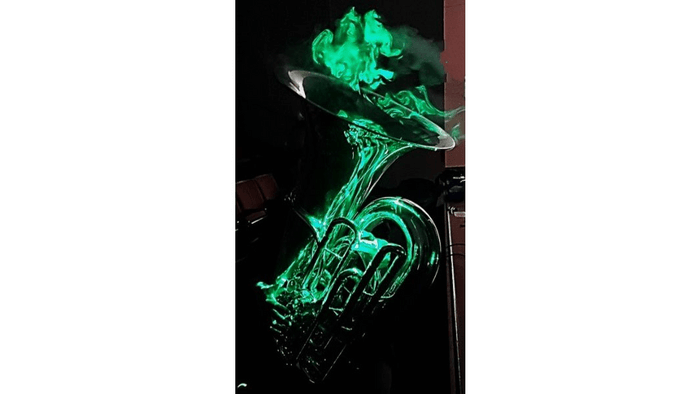
(Photo by Brett Sayles from Pexels)
WASHINGTON — Does blowing into a musical instrument really spread COVID-19 more than just talking normally? Despite warnings against holding live music events throughout the pandemic, a new study is debunking the theory that using wind instruments is a public safety concern.
COVID has decimated the live music industry. As events and festivals were postponed and cancelled across the country, woodwind musicians faced another blow as they were switched out for strings. However, University of Pennsylvania researchers worked with musicians from the Philadelphia Orchestra to discover that woodwinds actually blow out air particles far slower than coughing and sneezing.
In a study published in the journal Physics and Fluids, researchers tracked fog particles in the air with a laser and used a particle counter to measure the concentration of air flying from a tuba. Combining the results, the physicians developed a simple equation to describe aerosol's speed slowing as it shoots from its source, showing when the flow stops.
They discovered woodwind instruments' exit speeds are much lower than coughing and sneezing and have a similar concentration and size distribution to chatting and breathing.

Wind musicians should only socially distance, not stop playing
For most instruments, the spray ends about two meters from its opening. As a result, the researchers recommend wind musicians should stay six feet apart like other people.
“Ideally, musicians would sit near one another to compose the best sound, but such an arrangement became an issue during the COVID pandemic,” says author Paulo Arratia from the University of Pennsylvania in a media release.
“We were surprised that the amount of aerosol produced is of the same range as normal speech,” Arratia says. “I was expecting much higher flow speeds and aerosol concentrations.”
Next up, the team will study contamination between a whole orchestra playing together.
“Hopefully, this manuscript will guide health officials to develop protocols for safe, live musical events,” the researcher concludes.
South West News Service writer Pol Allingham contributed to this report.










